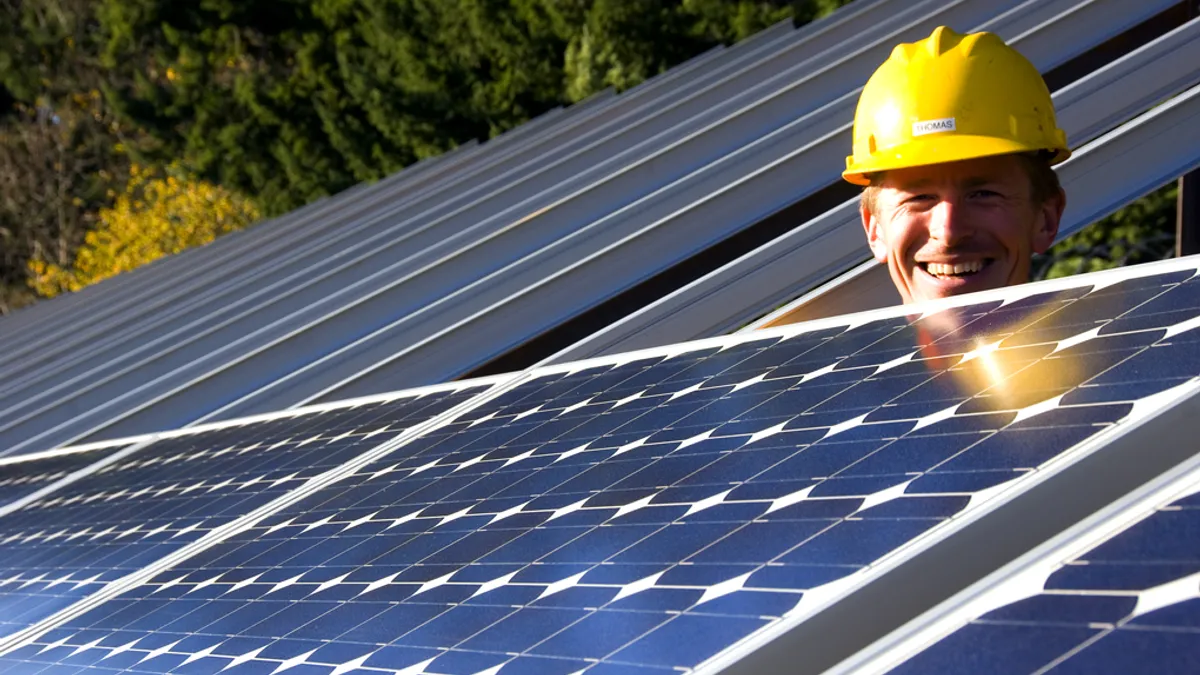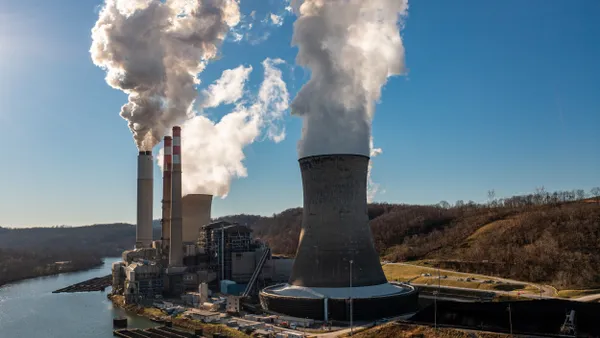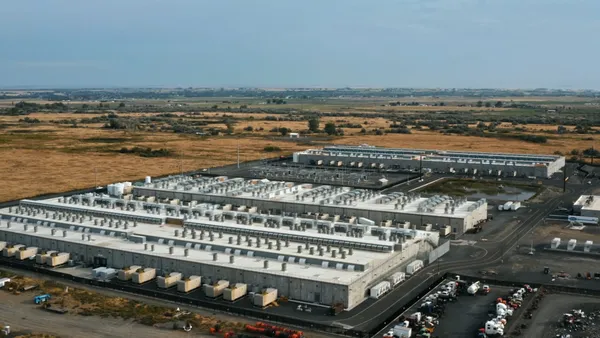Dive Brief:
- Florida Power & Light Co. plans to triple its current solar capacity by the end of next year, adding nearly 225 MW of solar power to the 110 MW the utility currently operates.
- FPL will construct three new solar photovoltaic (PV) power plants in addition to other system improvements, which include retirement of some of the company's oldest fossil fuel-burning units.
- While the utility calls solar power "generally not yet cost effective," it said the three sites it has chosen have special advantages, and it hopes to further expand solar generation in the future.
Dive Insight:
FPL is going to triple its installed solar generation, but the utility doesn't want to send the wrong message.
"Currently, solar power – even the most economical large-scale installation – is generally not yet cost effective in FPL's service area, due in part to its higher costs compared to the company's highly efficient system and low electric rates," the utility said in a lengthy statement on its clean energy plans.
Despite the challenging economics, FPL said it had identified three "uniquely advantaged sites" that will facilitate the cost-effective development of a new, large-scale solar plant. The utility also said that as the cost of solar PV is projected to decline further later in the decade, the company is optimistic that it could potentially add more solar generation.
The anticipated plants and sites include:
- FPL Citrus Solar Energy Center, in DeSoto County, near Florida's first large-scale solar plant, which FPL commissioned in 2009.
- FPL Babcock Ranch Solar Energy Center, in Charlotte County, "in coordination with and with the support of the county and the Babcock Ranch community," said FPL.
- And FPL Manatee Solar Energy Center, in Manatee County, on the site of an existing natural gas power plant that FPL operates
The utility said each of the new plants is being designed for roughly 74 MW of capacity, and FPL hopes to begin construction on the plants later this year and complete them by the end of 2016.
"Over the past decade, we have continuously focused on advancing reliable, affordable, clean energy for our customers," said Eric Silagy, president and CEO of FPL. "In particular, we have been working especially hard to find ways to advance solar energy in Florida without increasing electricity costs, and we have developed what we believe will be a cost-effective plan to triple the amount of solar energy we use to serve our customers before the end of 2016."
FPL's current solar portfolio includes 75 MW at the hybrid FPL Martin Next Generation Clean Energy Center; the 25-MW FPL DeSoto Next Generation Solar Energy Center; and the 10-MW FPL Space Coast Next Generation Solar Energy Center near NASA's Kennedy Space Center.
The announcement from FPL comes on the heels of mounting public pressure on the state's utilities to allow more investment in solar energy. Earlier this month, a bipartisan coalition formed to push a ballot measure for the 2016 election solar owners bypass utilities and sell energy directly to consumers. Soon after, a pair of state legislators filed bills to boost the rooftop solar industry and limit utility billing power.
The Southern Alliance for Clean Energy applauded FPL's decision to invest in solar power, but took issue with how it characterized the economics.
"SACE disagrees with FPL’s assessment that large-scale installations are 'generally not yet cost effective in FPL's service area' particularly as utility-scale solar has proven to be cost effective in other states and utility territories," said SACE Executive Director Stephen Smith. "Unfortunately FPL has not made any of its competitive bids for solar projects public, so it is impossible to know why FPL is making this claim."
"We welcome more transparency in this round of solar projects and believe competitive bids would bring the most cost-effective solar to Florida ratepayers," Smith said.















